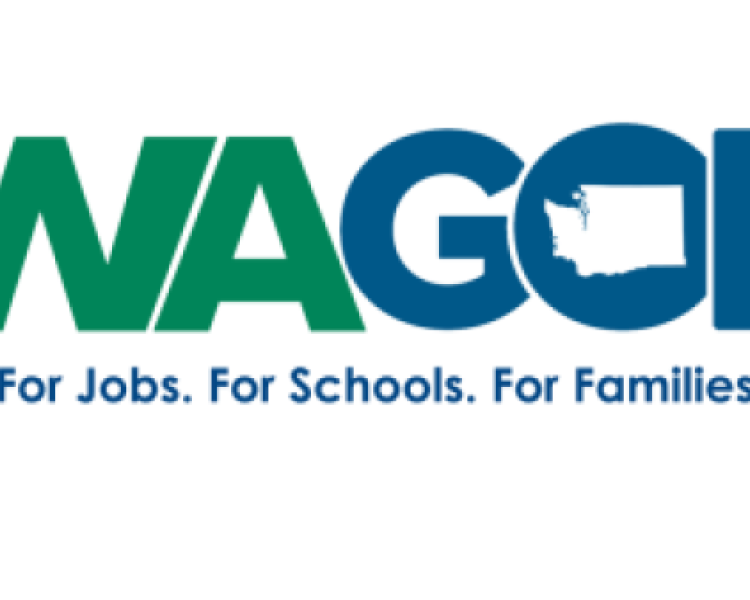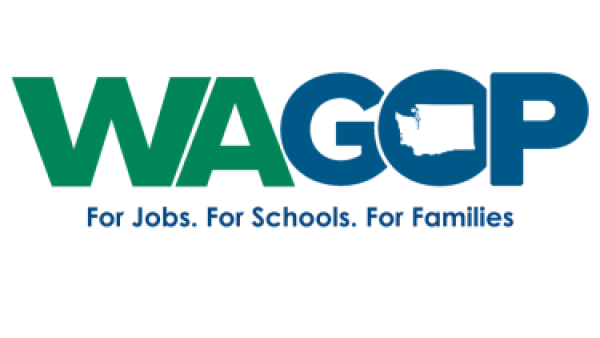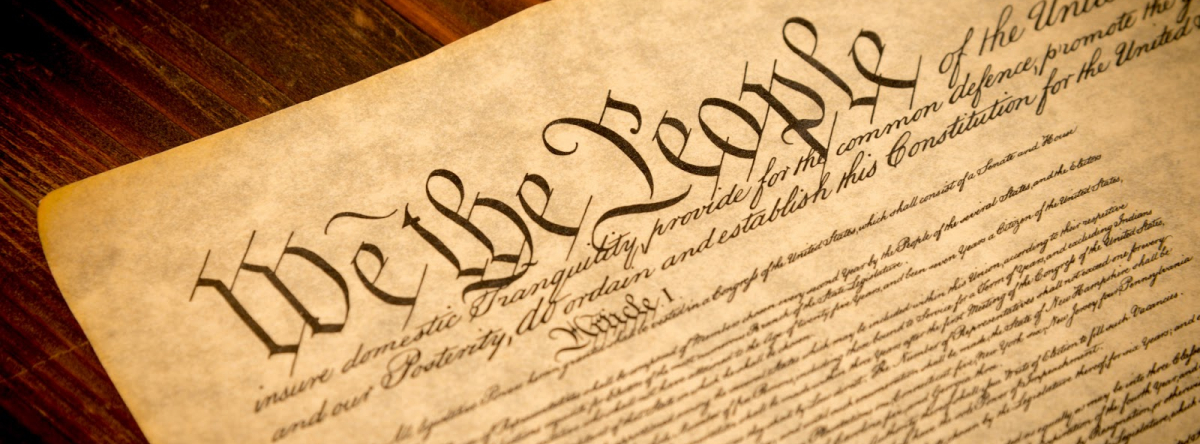In an effort of full transparency - the following is the WAGOP Election Integrity Election Observer Subcommittee Report for the WA State August 6th, 2024, Primary Election:
September 24, 2024, by the WAGOP EIC Election Observer Subcommittee
The Washington State Republican Party (WAGOP) Election Observer Subcommittee, under the WAGOP Election Integrity Committee, had election observers in several counties during the 2024 primary election.
OVERVIEW:
County Auditors must request that observers be present during the processing of ballots at the counting center. Observers can participate on behalf of a party/candidate. State law also requires observation by the public. Observers are permitted to view ballot processing during elections per RCW 29A.40.100. Observers monitor the conduct of an election: they watch that laws and rules are followed and that nothing inappropriate happens. This helps ensure a fair and lawful process and helps build confidence in our elections.
The Republican observers that participated in this effort kept in contact and shared concerns, compared notes, and discussed the differences in each county. Through this, observers learned that rules and procedures vary significantly from county to county. Some counties allow better observation than others, some are more accommodating.
In addition to in-person election observing, several counties allow election observing via security camera live footage displayed on big-screen monitors outside the counting rooms. Also, many counties offer people the opportunity to observe through a live camera streamed online. Most of these have no sound and do not offer the same experience as one gets from attending the ballot processing in person. We do appreciate this effort, however.
We understand that limited space can limit the number of observers present. Some counties have a very small workspace which can only fit so many people at any time. With that in mind, it still appears that some counties limit observer access and only allow the minimum.
Additionally, some counties require observers to remain too far away to have any meaningful observational oversite.
Some counties require observers to attend a training session prior to being allowed to observe ballot processing whilst others offer training but do not require it. Some require separate “recount” observer training even if regular observer training has been done. Overall, election observers’ experiences vary across the state.
After the primary election was certified, the Secretary of State (SoS) called for a statewide hand recount for the Commissioner of Public Lands race per RCW 29A.64.021. There was a difference of 51 votes (between the second and third place finishers) with over 1.9 million votes cast, therefore necessitating a mandatory hand recount. It was the only statewide race in the 2024 primary that required an automatic recount.
Each county conducted their own hand recount of the paper ballots. According to RCW 29A.64.030, this is to be done by precincts (note that this RCW was changed in 2013 after the courts decided Zapotocky vs Dalton). See, SB 5518 Bill Reports and RCW 29A.64.030 Session Law, pg. 42, sec. 67 (the wording was changed to “precincts” for recounts).
Washington Administrative Code 434-264 details the procedure the counties are required to follow for conducting the recount. Most people would expect that each county would have a similar process of conducting the recount. However, this was not the case. Some counties performed the recount by precinct and some counties counted by batch.
One thing that became clear is that there are no uniform rules for observers or even for the process of recounting the votes. WAC 434-264-090 states that ballots must be sorted into precinct, unless the county uses a system which produces batch results, in which case the ballots can be recounted by batch. But see above for RCW and read the WAC wording carefully – the previous batch report is not usually put into the canvassing certification so it cannot be used for comparison.
This is the first major difference in how counties recounted the ballots. Only counties using the Clear Ballot Voting System (including Spokane, Snohomish, Pierce, and King) counted by batch because that is the only system used in the state that produces a report at the batch level. 18 of the 39 counties currently use a Clear Ballot system.
This raised a question as to how the counties using a different system can perform a random batch audit if they don’t have the ability to view batch-level results.
Counties using Clear Ballot and counting by batch were able to start counting right away. Counties using another system spent quite a bit of time sorting the ballots into precincts before they could begin counting.
For example, in Spokane, when calculating the time spent doing the recount, if they had followed the law and sorted by precinct, they would have been done in 3 days instead of 3 ¾ days. This is because Spokane pre-sorted their ballots before processing them. In that situation, counting by batch doesn’t save any time and only obscures the verification process for observers.
The impact of this difference that has on observers is significant. Precinct results are available online for all counties. Therefore, observers in counties that counted by precinct could print the precinct results and have a record to compare the recount results against.
Observers in counties counting by batch could not print batch reports as they are not available online, and therefore had no record to compare the tallies against.
Another important aspect of the recount that varied from county to county was whether observers could verify that the results matched certified election record counts. Some counties allowed observers to view the official results report (by batch or precinct) and verify that the tally from the recount matched. Other counties did not allow observation or verification of this part of the process.
In some cases, some employees would allow observers to verify the results while other employees would not.
After all counties completed their recount, the SoS certified the recount results Sept 4, 2024. The results changed slightly but still had Republican Jaime Herrera Beutler and Democrat Dave Upthegrove making the top two general election in November.
The emphasis appeared to be on the fact that the number of votes between the two candidates in question only changed by two votes. However, it is important to note that there were many changes to the results in nearly every county in the state because of the recount.
The recount indicated a 49-vote margin separating second and third place. After consolidating the amended results certified by each of the 39 counties’ canvassing boards, Upthegrove gained 4 votes and Pederson gained 6 votes. Some county results are listed below for your review. This is not a complete list of all county changes, just a sample to show there were numerous changes.
Share This Post...











